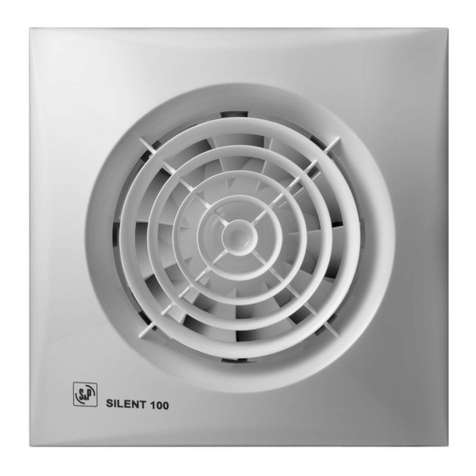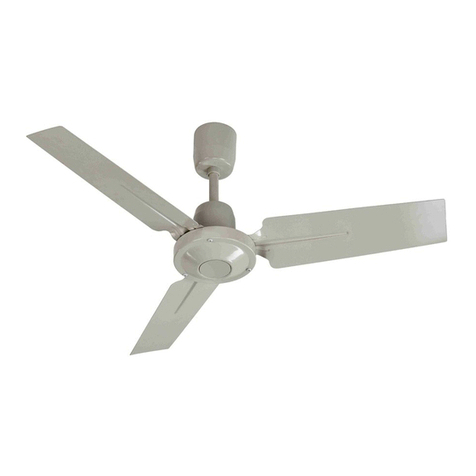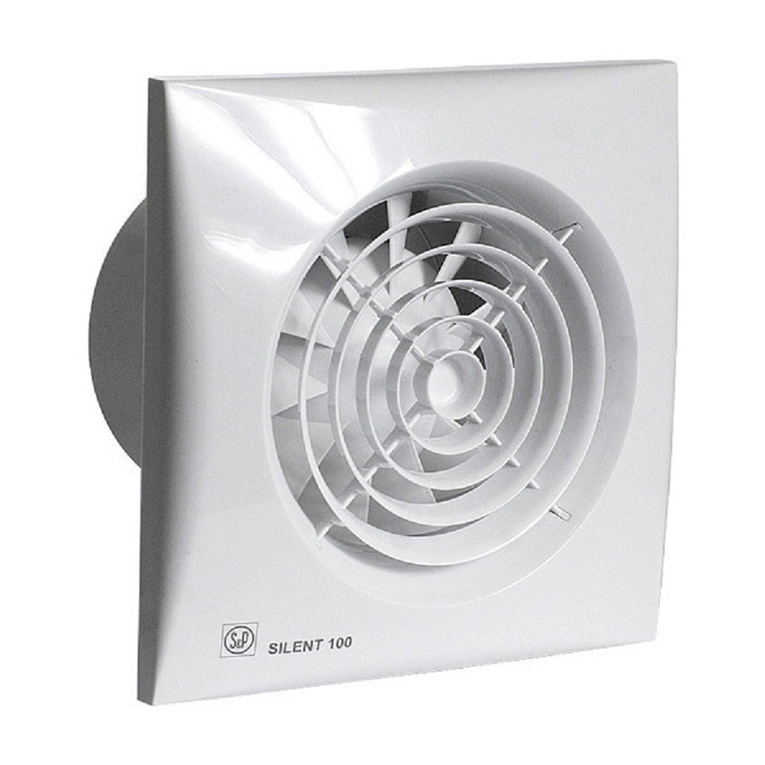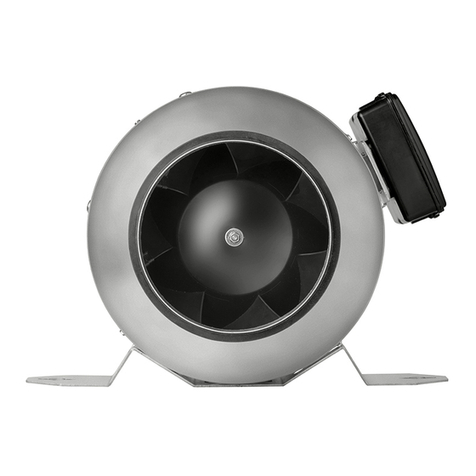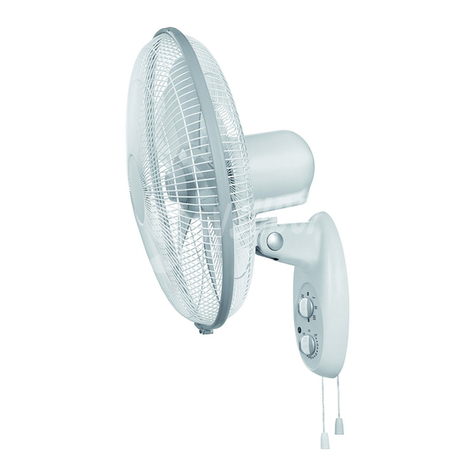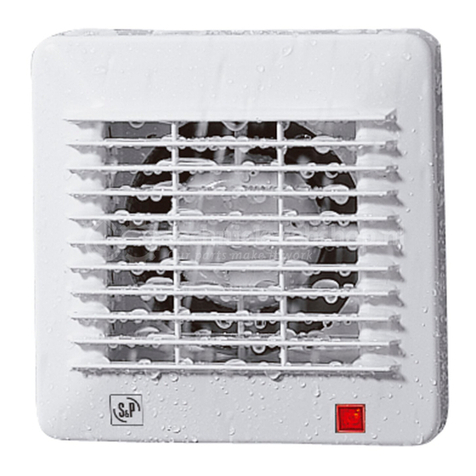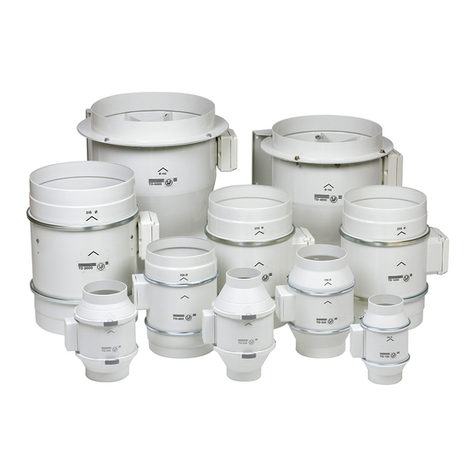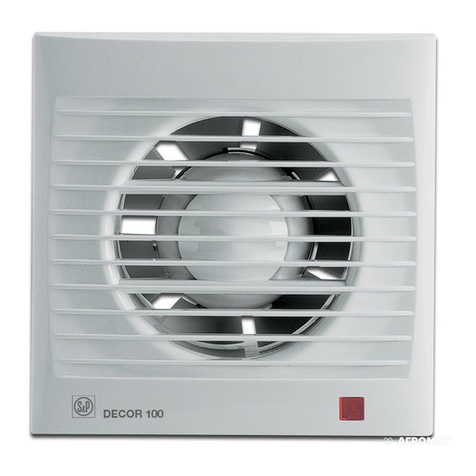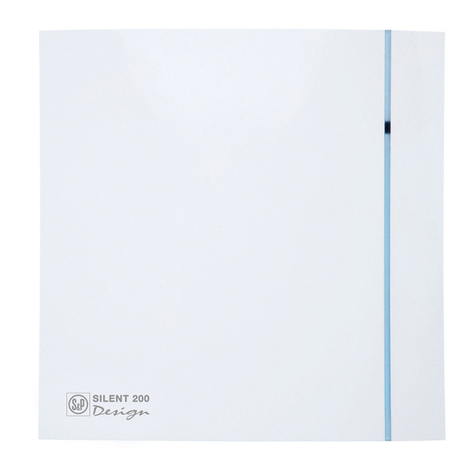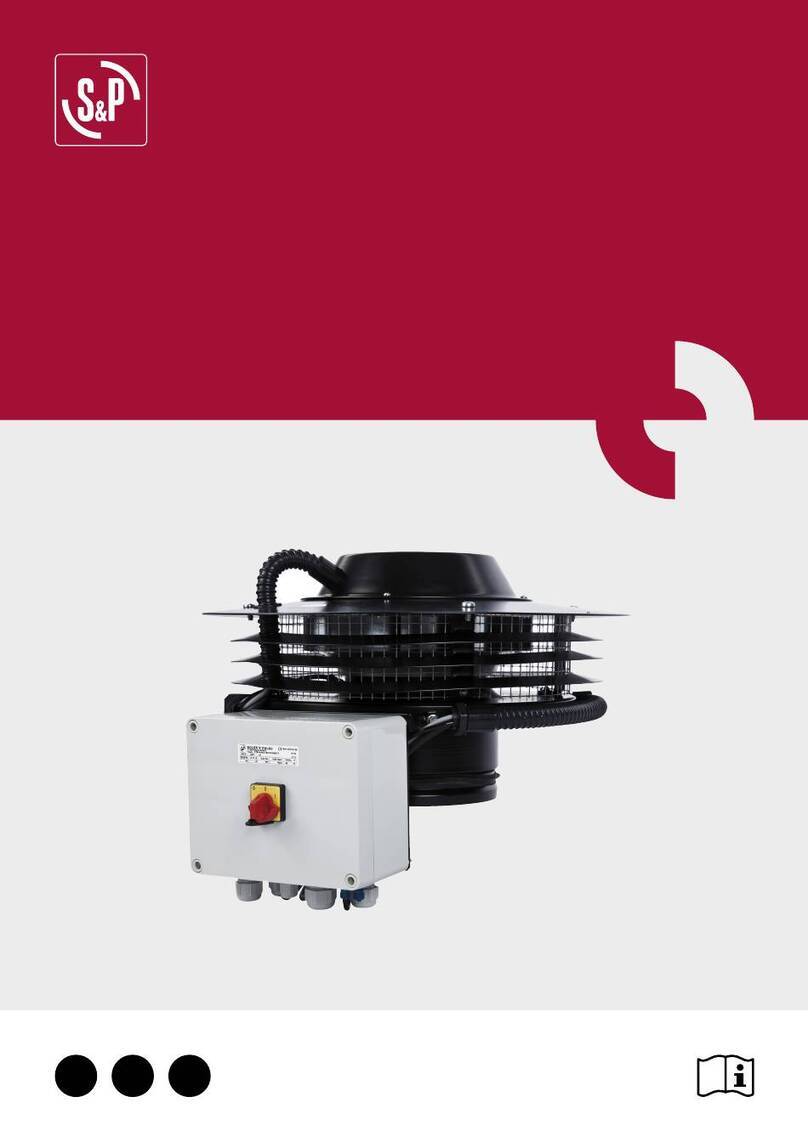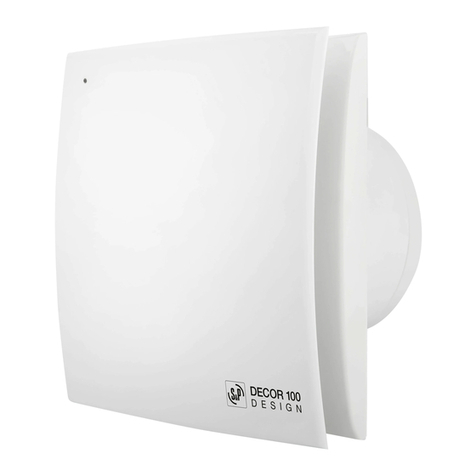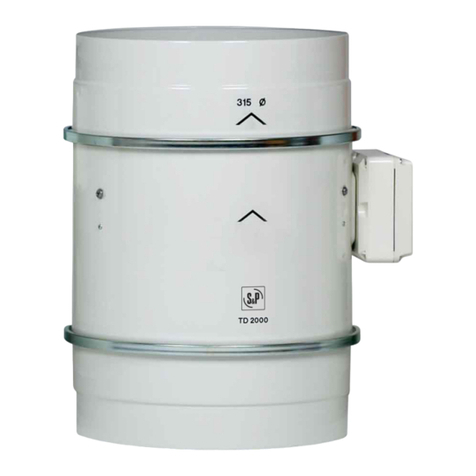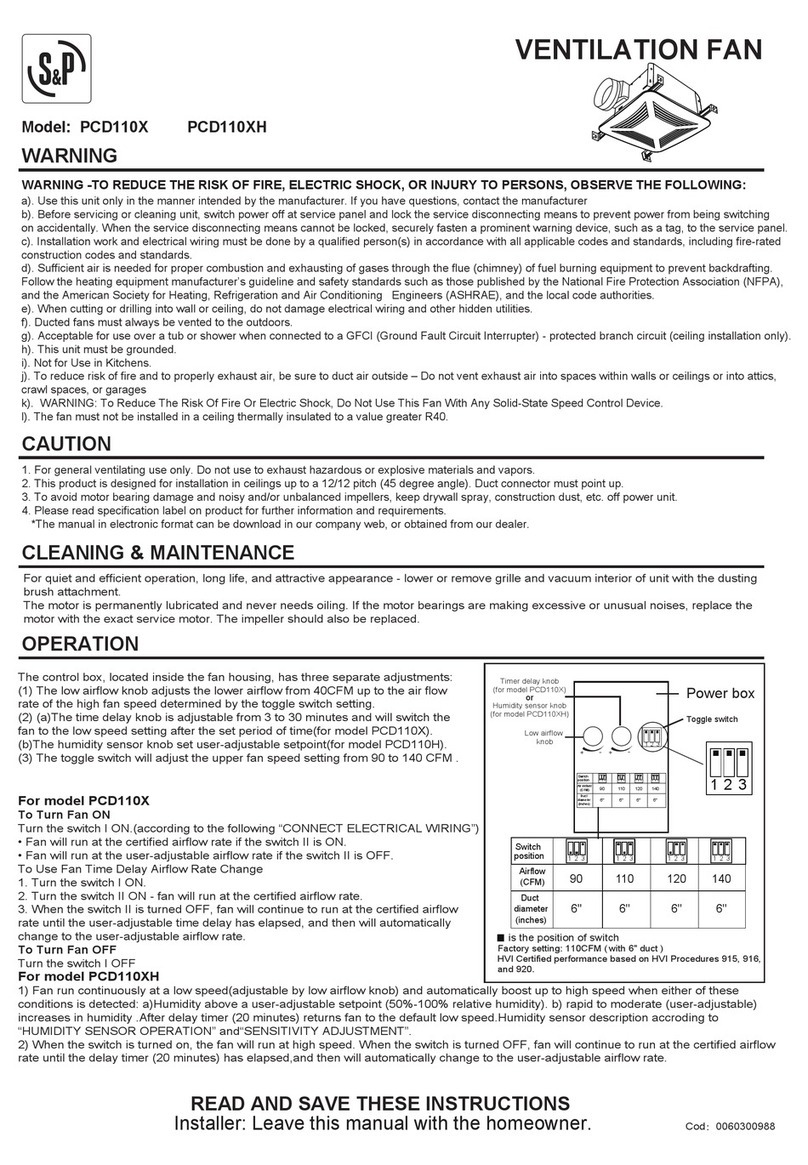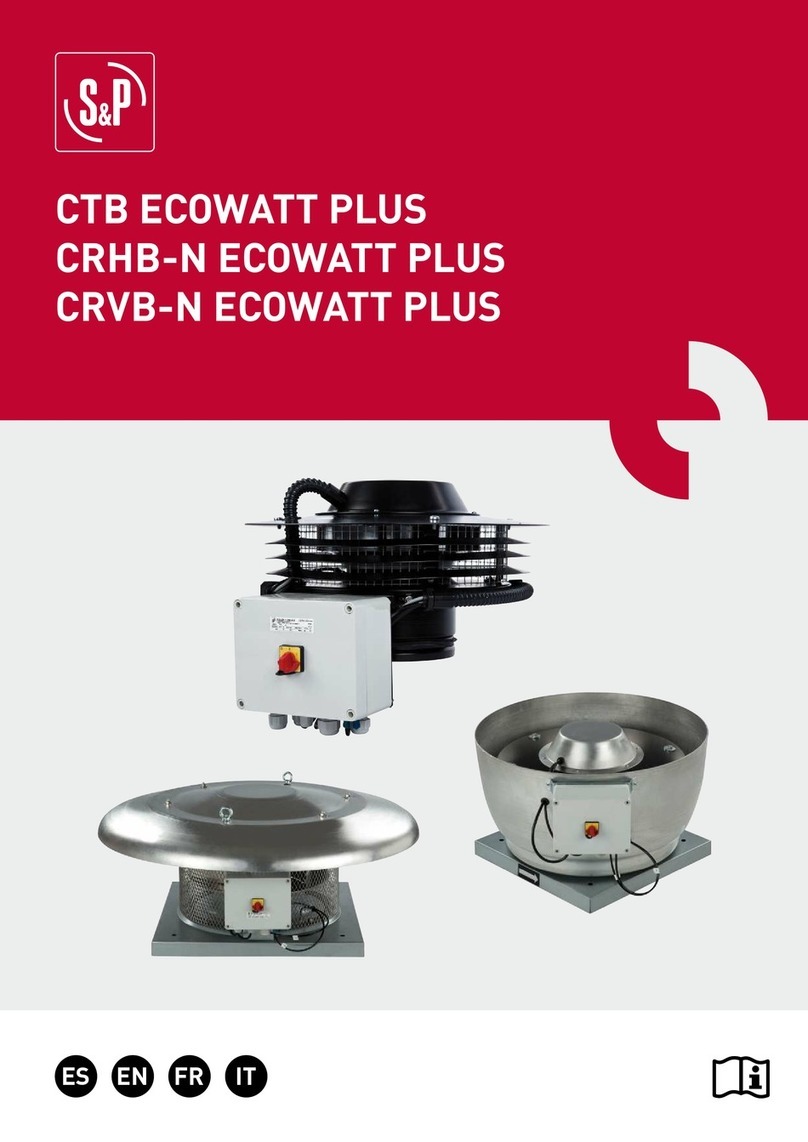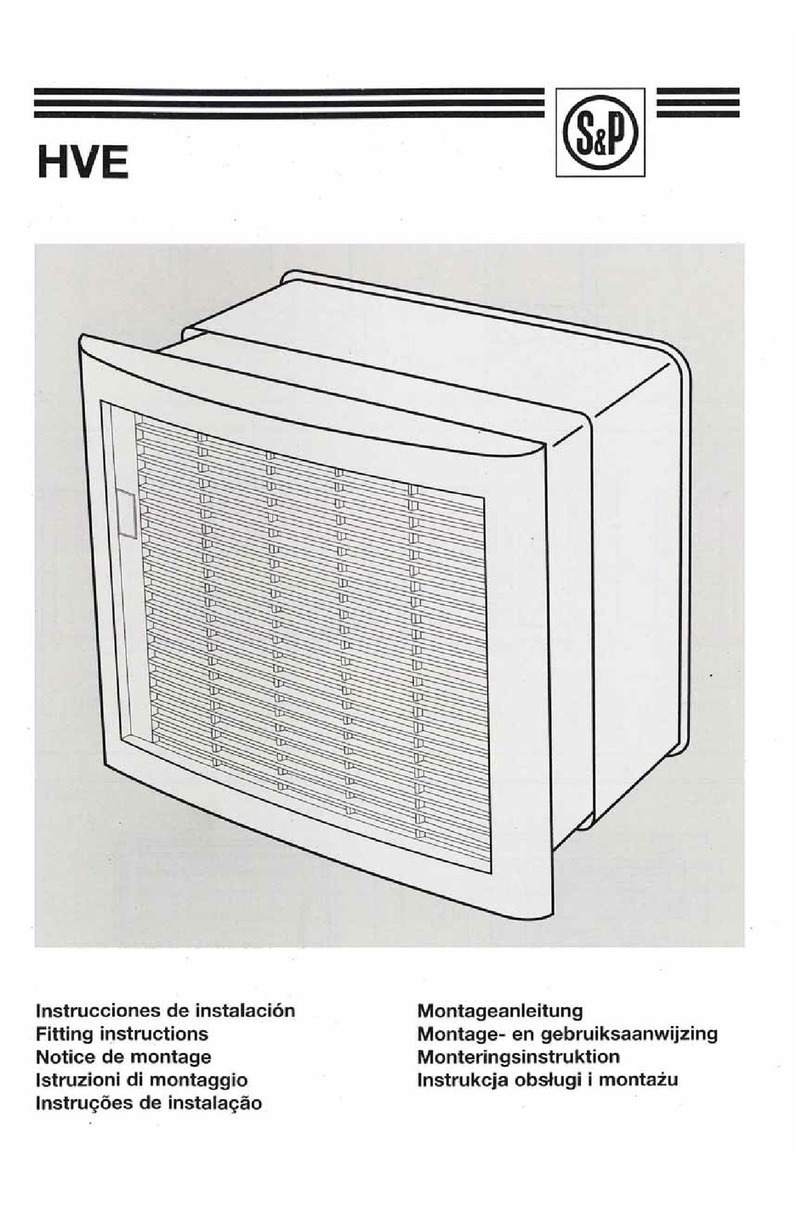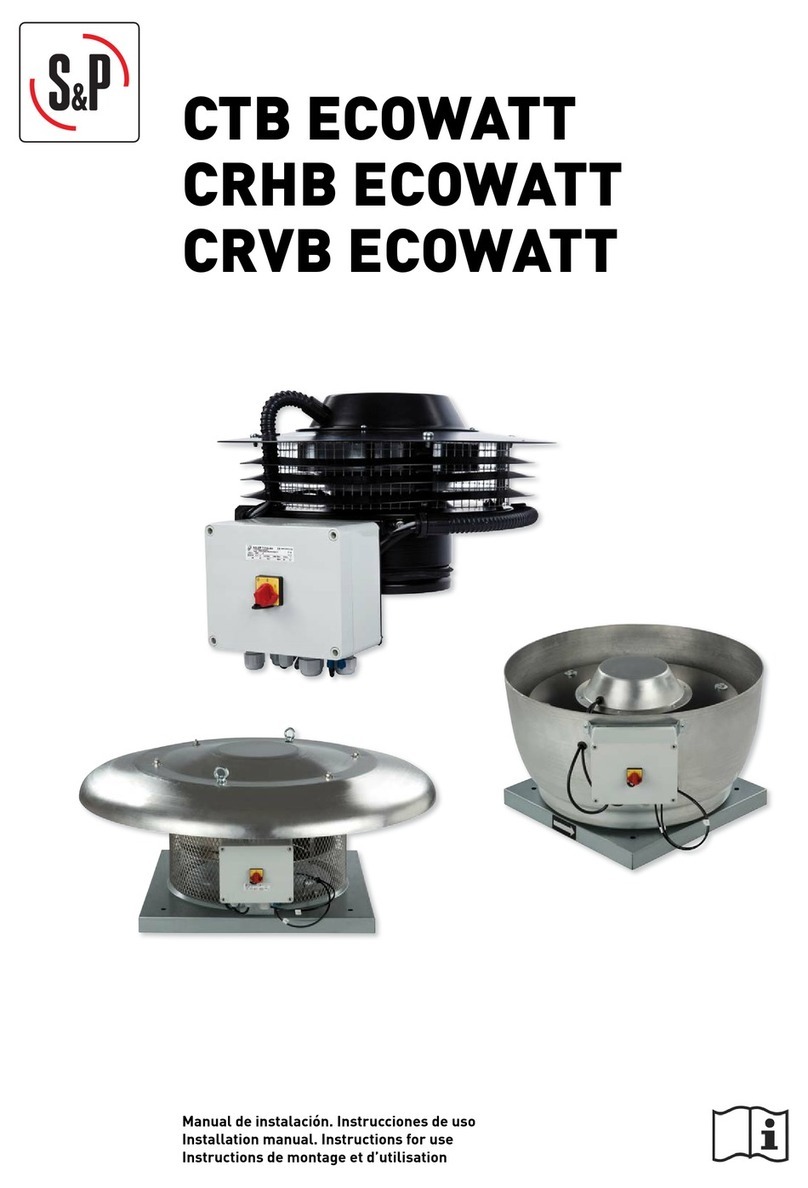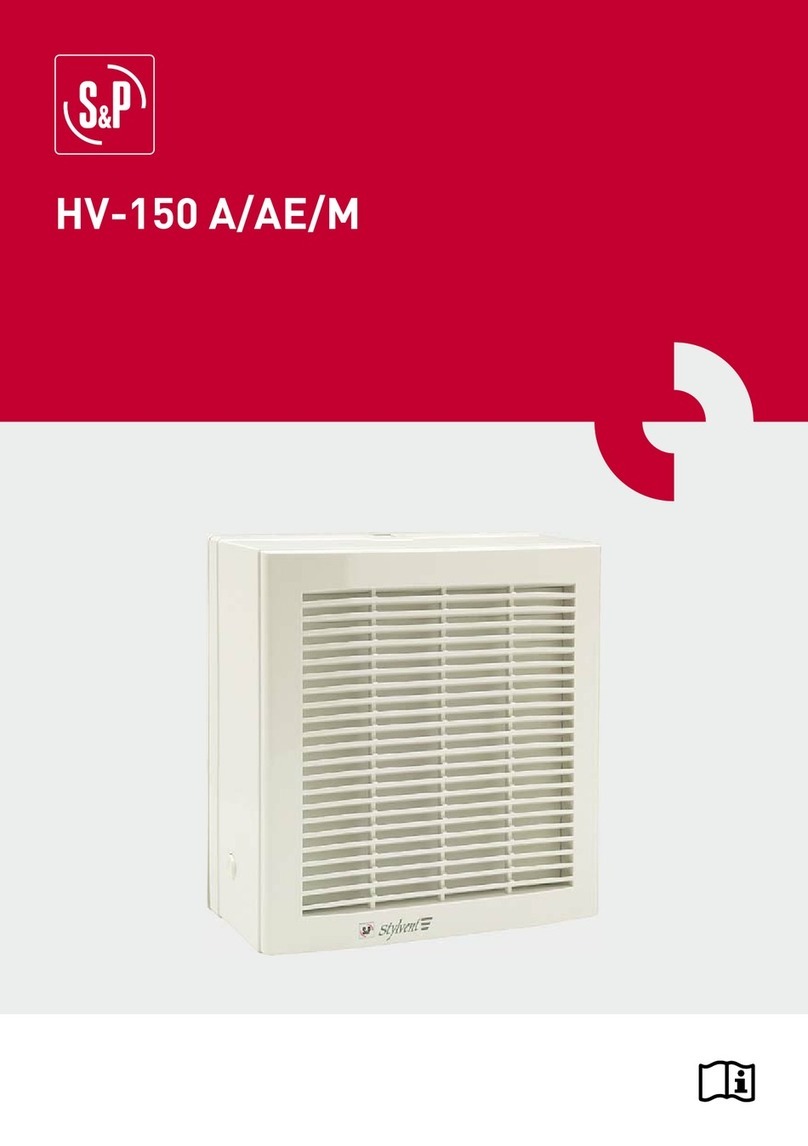
2
INDEX
1. INTRODUCTION .............................................................................................................................................................3
2. SAFETY REGULATIONS AND “CE” MARKING ...............................................................................................................3
3. GENERAL INSTRUCTIONS ............................................................................................................................................3
4. UNIT LABELLING ..........................................................................................................................................................3
5. HANDLING ...................................................................................................................................................................4
6. INSTALLATION ..............................................................................................................................................................5
6.1. Introduction.............................................................................................................................................................5
6.1.1. Outdoor installation ......................................................................................................................................9
6.2. Dimensions and free space for maintenance ......................................................................................................10
6.3. Mounting process of an additional supply filter...................................................................................................13
6.4. Range specifications.............................................................................................................................................13
6.5. Connections ..........................................................................................................................................................13
6.5.1. Piping and duct connections.......................................................................................................................13
6.5.2. Condensate drainage..................................................................................................................................13
6.5.3. Electrical connection ..................................................................................................................................14
6.5.3.1. External Touch Display (ETD) control connection .........................................................................14
6.6. Configurations ......................................................................................................................................................15
7. CONTROL FUNCTIONS................................................................................................................................................16
8. CONTROL SCHEMES ...................................................................................................................................................17
9. CONTROL BASIC OPERATION ....................................................................................................................................17
9.1. Description ...........................................................................................................................................................17
9.2. Main functions ......................................................................................................................................................17
9.2.1. Via the remote terminal supplied with the unit..........................................................................................17
9.2.2. Through integration to Modbus network (external BMS)...........................................................................18
9.3. Use of remote terminal - user level.....................................................................................................................18
9.3.1. Fan speed selection (Start / Stop / Speed adjustment)..............................................................................18
9.3.2. Free-cooling function setting .....................................................................................................................19
9.3.3. Setting the by-pass pass temperature in free-cooling mode....................................................................20
9.4. Advanced parameters configuration ....................................................................................................................20
9.4.1. Modification of predefined speeds..............................................................................................................21
9.4.2. Modification of the bypass opening setpoint (free-cooling mode).............................................................22
9.4.3. Fan selection that acts as a master (only available on units controlled via Modbus in COP mode) .........23
9.4.4. Operation at Variable Airflow (VAV) mode, depending on an external sensor
(CO2, temperature or relative humidity) .....................................................................................................23
9.4.5. Filter supervision........................................................................................................................................24
9.4.6. Fan status monitoring.................................................................................................................................24
9.4.7. Boost function - Forced High Speed (only available in models 04 to 27)...................................................25
9.4.8. Remote Stop-Start......................................................................................................................................25
9.4.9. Protection of heat exchanger unit ..............................................................................................................25
10. BUILDING MANAGEMENT SYSTEM (BMS) CONNECTION ........................................................................................26
11. INSPECTION, MAINTENANCE AND CLEANING..........................................................................................................32
11.1. Replacement of filters ........................................................................................................................................32
11.2. Filter installation ................................................................................................................................................33
11.3. Heat exchanger...................................................................................................................................................34
11.4. Condensation drainpipe......................................................................................................................................35
12. OPERATION ANOMALIES ...........................................................................................................................................36
12.1. General anomalies..............................................................................................................................................36
12.2. List of alarms......................................................................................................................................................36
13. WIRING DIAGRAMS.....................................................................................................................................................38
13.1. Models CADB-HE-D 04 to 27 BASIC...................................................................................................................38
13.2. Models CADB-HE-D 33 to 100 BASIC.................................................................................................................39
ENGLISH
